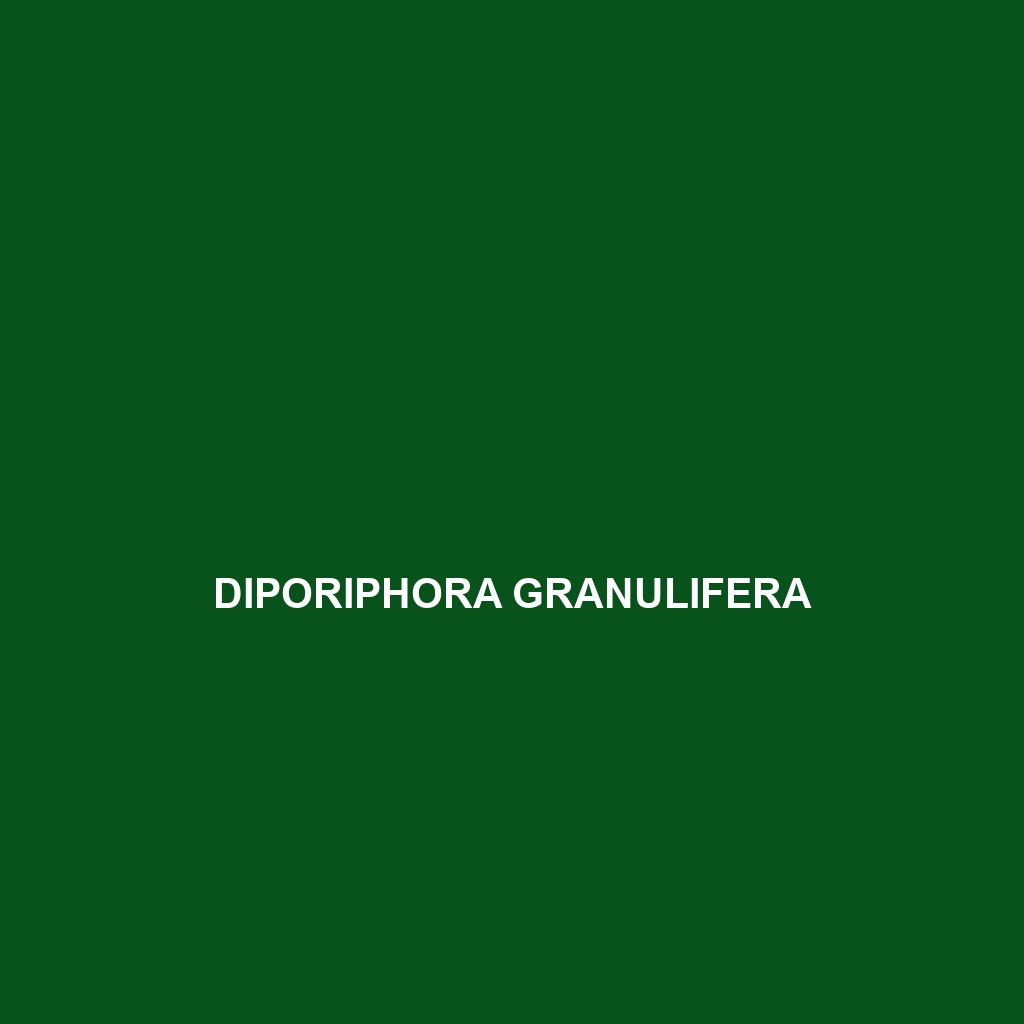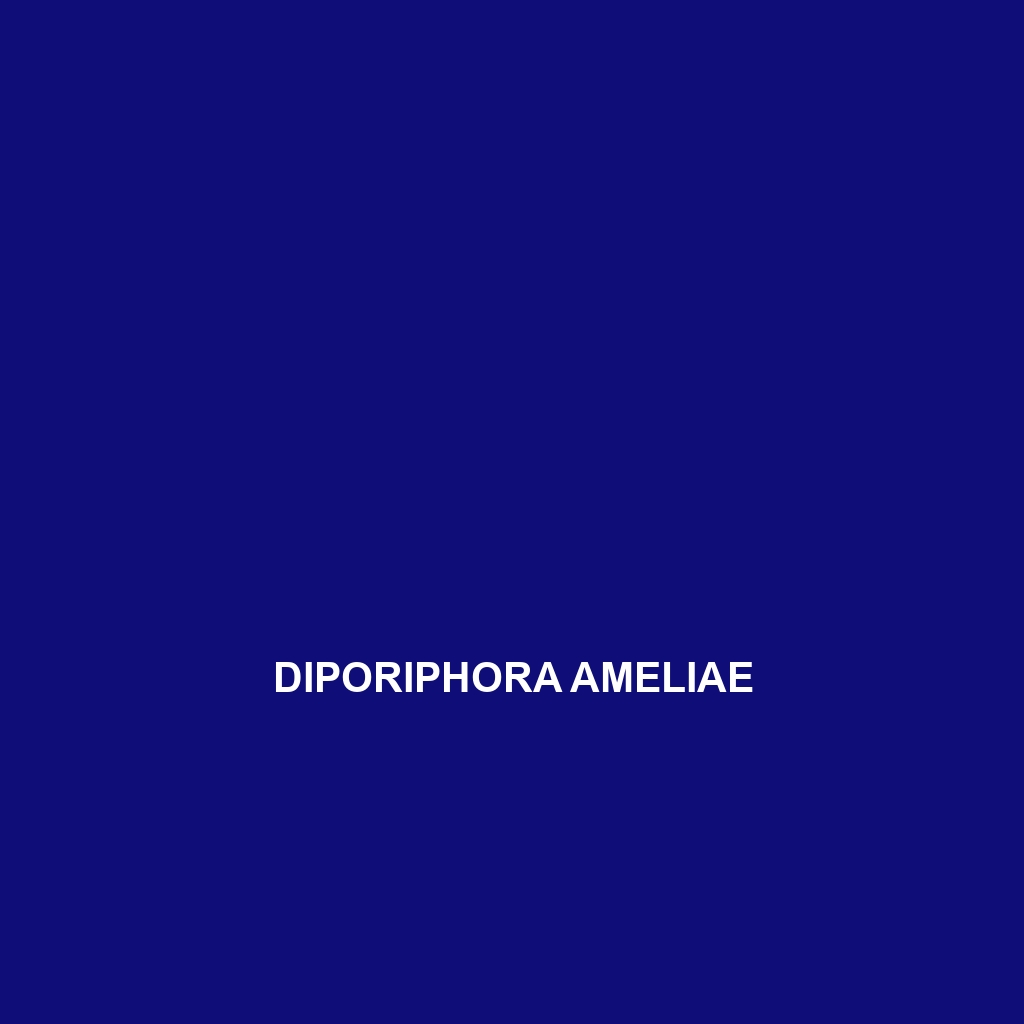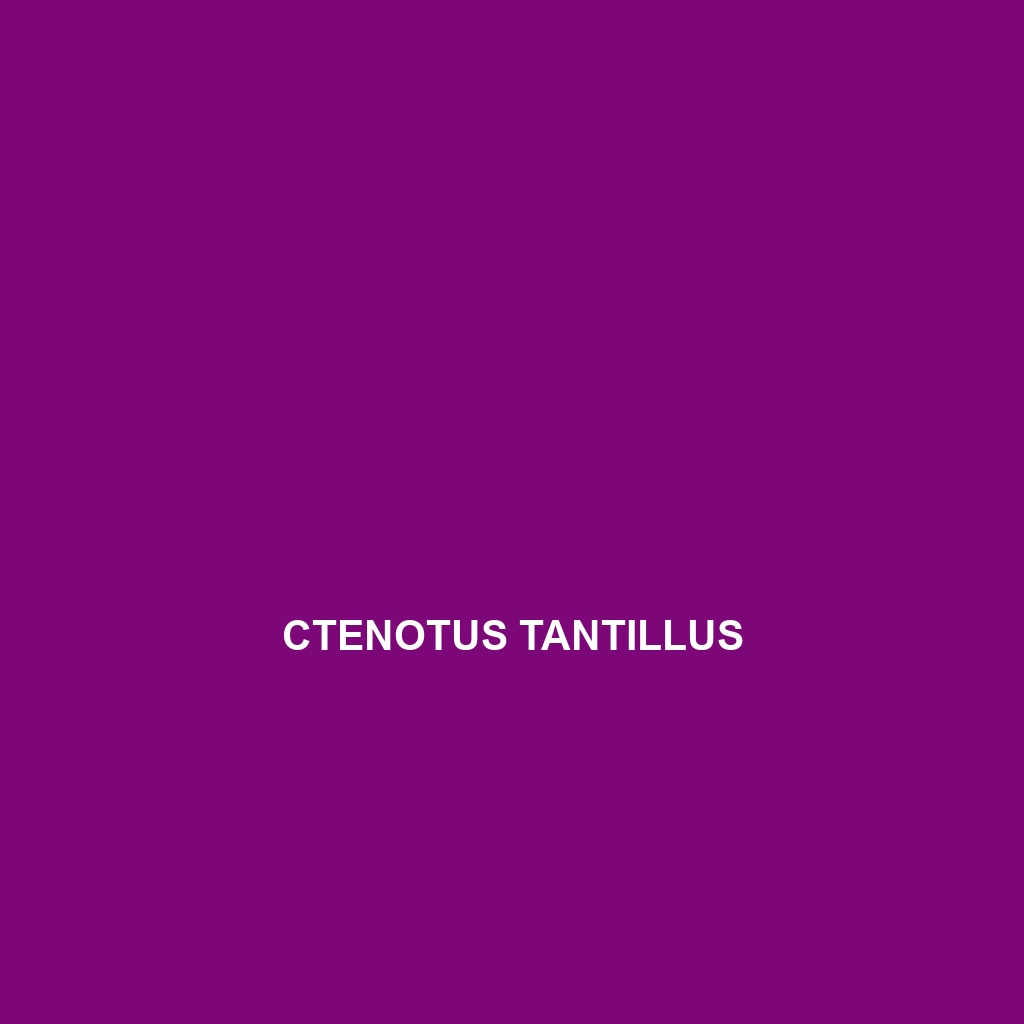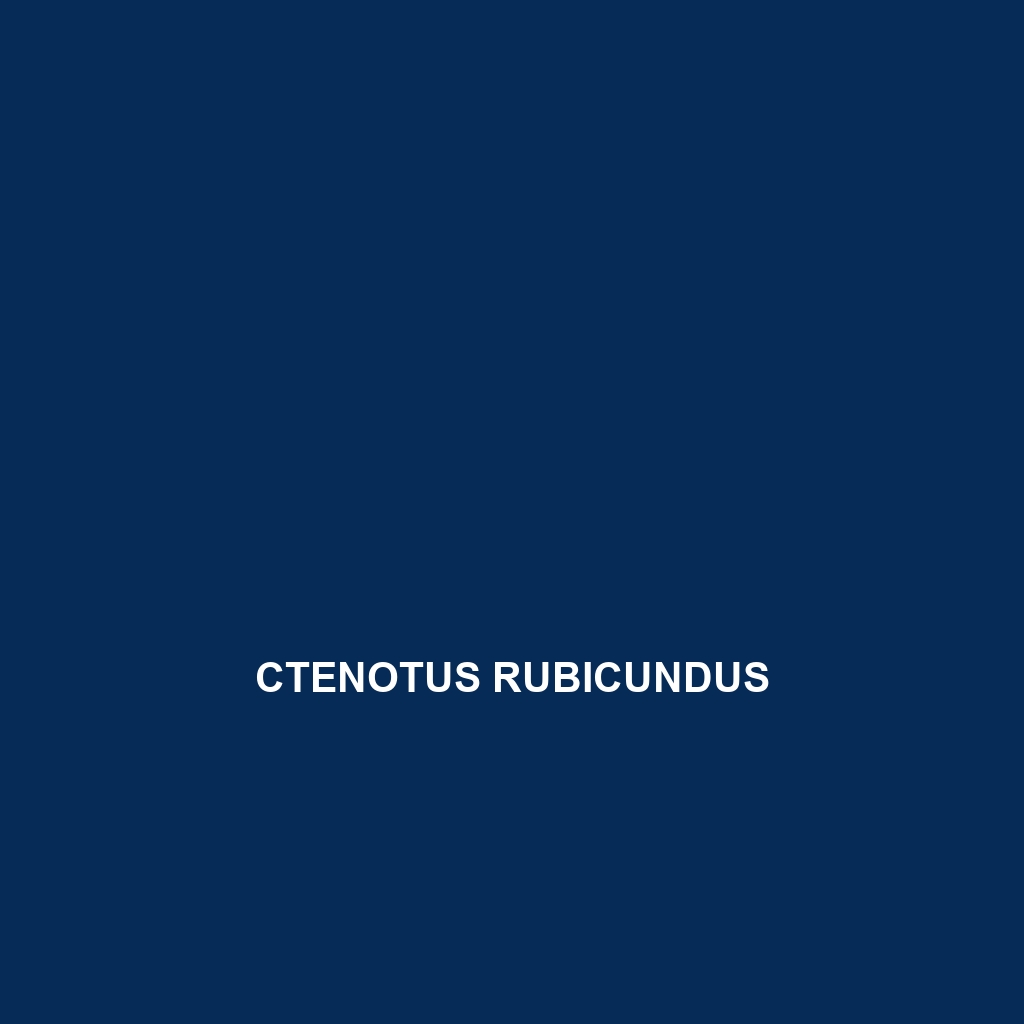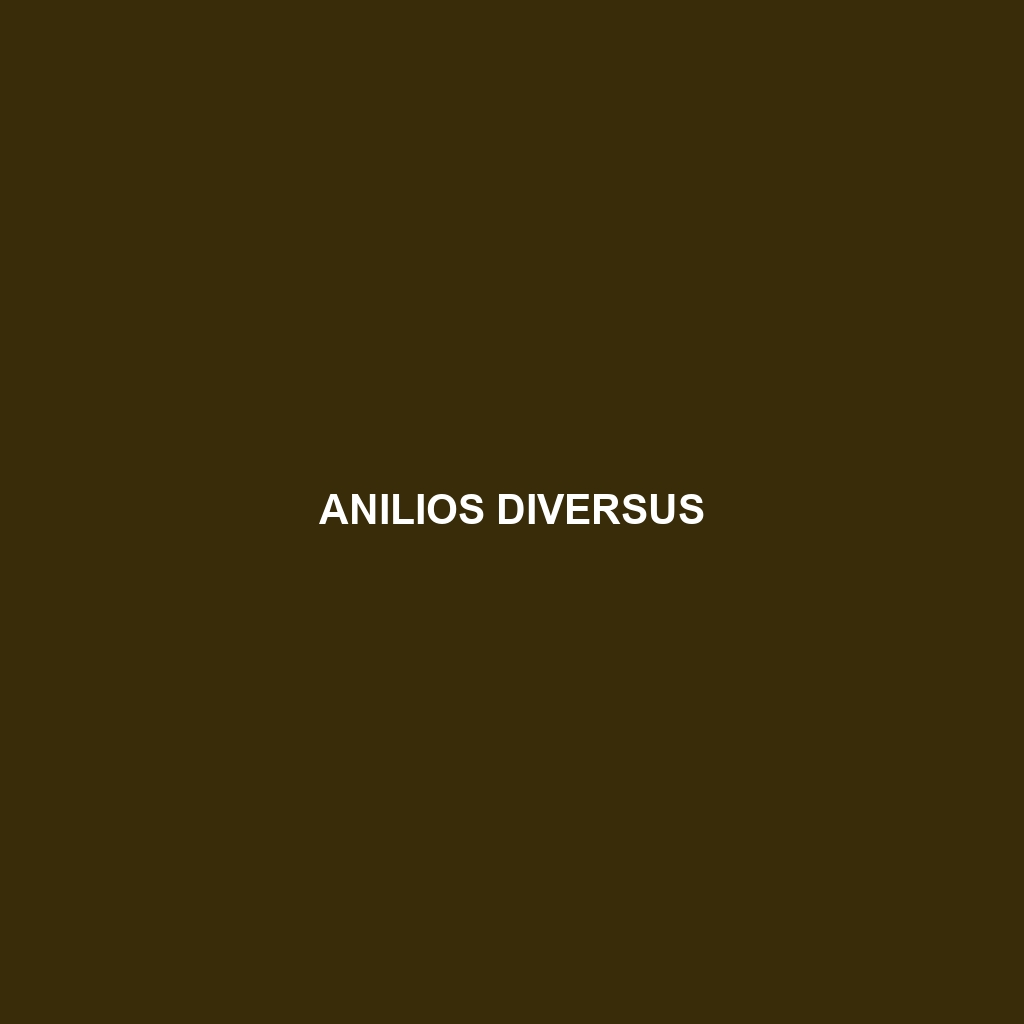<strong>Diporiphora gracilis</strong>, or slender skink, a fascinating Australian species measuring 7 to 10 cm, known for its shiny scales and agile movements. Found primarily in dry sclerophyll forests and heathlands, this insectivorous reptile plays a vital role in maintaining ecosystem balance.
Tag: biodiversity Australia
Diporiphora albilabris
Introducing the Diporiphora albilabris, commonly known as the white-lipped skink, a striking reptile measuring 15 to 25 cm with distinctive white lips, inhabiting the dry woodlands and grasslands of eastern Australia. This diurnal, insectivorous species exhibits agile behavior, making it a vital predator in its ecosystem while playing a key role in maintaining ecological balance.
Delma butleri
fascinating Delma butleri, a slender, fossorial lizard native to southeastern Australia, known for its muted coloration and exceptional climbing ability. This Vulnerable species plays a vital role in its ecosystem by controlling insect populations and contributes to soil aeration through its burrowing behavior.
Ctenotus tantillus
Ctenotus tantillus: A Detailed Species Description Common Name: Ctenotus tantillus Scientific Name: Ctenotus tantillus Habitat Ctenotus tantillus is primarily found in arid and semi-arid regions of Australia, particularly in the states of Western Australia and South Australia. This species inhabits a variety of environments, including open grasslands, scrublands, and areas with sparse vegetation. It is […]
Ctenotus rosarium
Discover the Ctenotus rosarium, a slender Australian skink measuring 10 to 20 cm, known for its brown and grey coloring adorned with dark stripes. This agile lizard thrives in arid habitats, feeding primarily on insects and playing a crucial role in maintaining ecosystem balance.
Ctenotus decaneurus
Ctenotus decaneurus, a medium-sized skink native to arid regions of inland Australia, is distinguished by its elongated body, smooth scales, and light brown to dark tan coloration with stripes. Active during the day, this insectivorous species plays a crucial role in its ecosystem by regulating insect populations and serves as a prey source for larger predators.
Ctenotus atlas
The Ctenotus atlas, also known as the Centralian Ctenotus, is a medium-sized skink native to arid regions of central and western Australia, characterized by its elongated body, sandy to light brown coloration with dark stripes, and large eyes. This diurnal species plays a crucial role in its ecosystem by controlling insect populations and serves as a vital food source for larger predators.
Carlia johnstonei
Discover the Johnstone's skink (<i>Carlia johnstonei</i>), a medium-sized lizard native to Queensland's tropical rainforests, known for its vibrant blue throat, excellent climbing abilities, and diet primarily consisting of small insects. This fascinating species thrives in humid environments and plays a crucial role in maintaining ecological balance.
Anilios diversus
Discover the Anilios diversus, or diverse blind snake, a nocturnal fossorial species native to arid and semi-arid regions of Australia. With a smooth, cylindrical body growing up to 80 cm and an essential role in soil ecosystems, this snake primarily preys on small invertebrates and exhibits fascinating burrowing behaviors.
